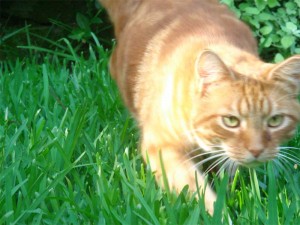In Japan the average women gives birth to 1.3 children – a figure well below the replacement rate. However, some populations in Japan are booming. According to Japan’s Pet food Manufacturers Association, there were 24.5 million cats and dogs in Japan in 2006 and this figure represented a rise of 37% in a decade. And expenditure on these furry friends is increasing.
Why is this happening? One reason is that pets, and small dogs in particular, have become fashionable. A more credible explanation is demographic. Our furry friends (or ‘fur kids’) represent a practical substitute to real children or marital partners. They are also ideal companions for seniors that live alone, of which there are many in Japan and elsewhere.
This pet boom is leading to a furry flurry of innovation, which includes pet hotels at Narita airport (170 ‘rooms’ from US$33-$170 per night) to pet funerals (including a ‘with pet’ option that allows owners to be buried alongside their pets). There are also remote-controlled feeding machines operated by PC or mobile phone that allow owners to ‘visit’ their loved one via video link, and pet spas featuring pet massages and mud packs.
Crazy? You bet, but even blue chip Japanese manufacturers are sitting up and paying attention with the likes of Honda designing automobiles for dog owners that feature things like stain resistant seating and odour eliminating fabrics as standard features.
Over in the US the pet industry seems to doing equally well. Total pet spend in 2009 was forecast to be $45 billion. As entrepreneur magazine points out, that’s more than the GDP of all but 64 countries.

